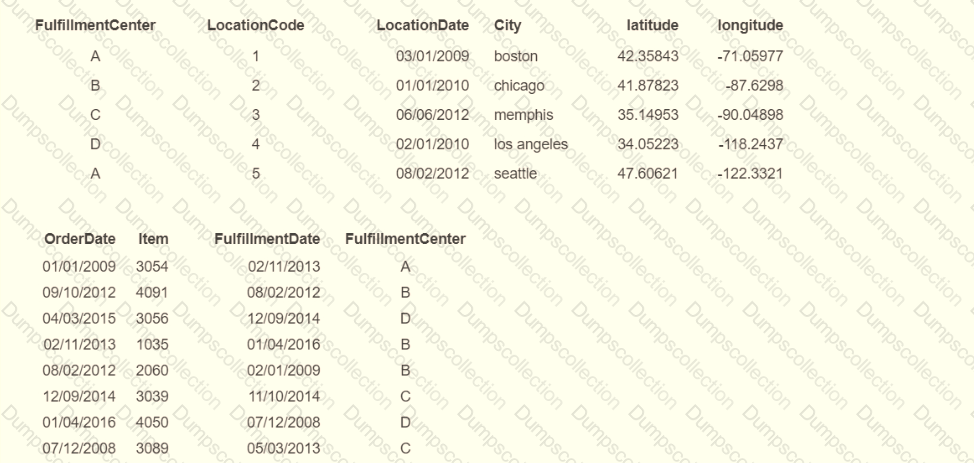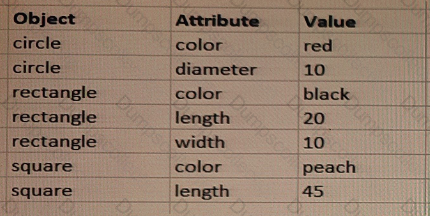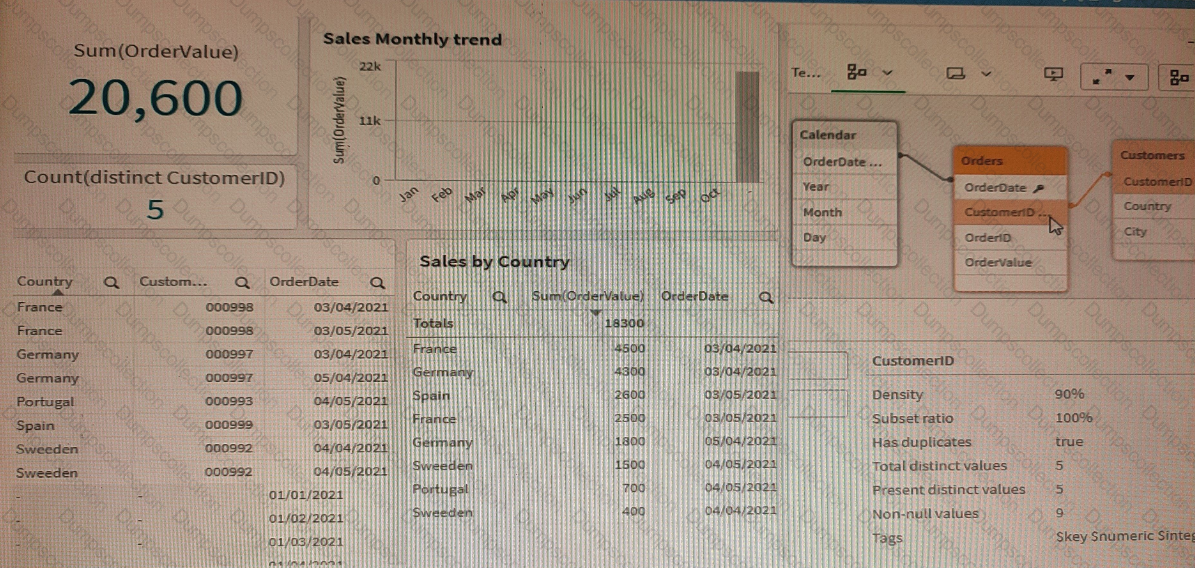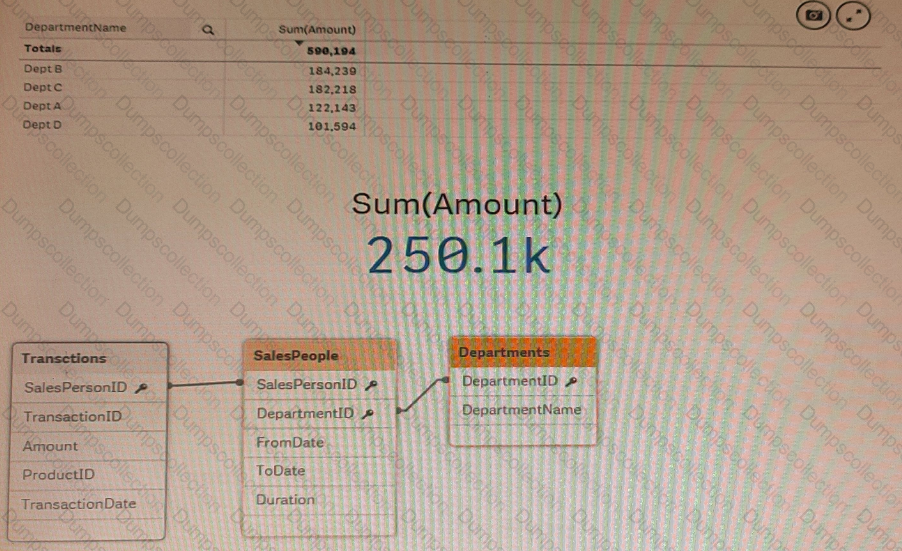Qlik Qlik Sense Data Architect Certification Exam–2022 QSDA2022 Exam Dumps: Updated Questions & Answers (December 2025)
A company generates 1 GB of ticketing data daily. The data is stored in multiple tables Business users need to see trends of tickets processed for the past. 2 years Users very rarely access the transaction-level data for a specific date. Only the past 2 years of data must be loaded which is 720 GB of data
Which method should a data architect use to meet these requirements?
A data architect needs to efficiently prepare a data model for a meeting in an hour.
The data source to be used contains five date fields The app needs to display sales trends and compare the current year to date (CYTD) to last year to date (LYTD) The app is NOT going to be published It will only be used for this meeting and a single user's ad-hoc analysis.
What should the data architect do to meet these requirements?
A data architect needs to develop multiple apps for various departments. More departments are requesting apps over time The company uses specific requirements for the number interpretation variables (e.g., ThousandSep, DecimalSep) found at the beginning of a LOAD script.
The data architect wants to reduce duplicate scripts but does not want to copy and paste the number interpretation variables each time new app is created. The data architect prefers to use the least amount of script in Qlik Sense.
How should the data architect meet these requirements?
Refer to the exhibit.

A data architect has a data model that includes historical order fulfillment centers. The order fulfillment centers occasionally changed location. The history of order fulfillment must be tracked on a per center, per location basis.
Which scripting function should the data architect use to meet this data modeling requirement?
A data architect needs to develop a script to export tables from a model based upon rules from an independent file. The structure of the text file with the export rules is as follows:

These rules govern which table in the model to export, what the target root filename should be, and the number of copies to export.
The TableToExport values are already verified to exist in the model.
In addition, the format will always be QVD, and the copies will be incrementally numbered.
For example, the Customer table would be exported as:
What is the minimum set of scripting strategies the data architect must use?
Refer to the exhibit.

While performing a data load from the source shown, the data architect notices it is NOT appropriate for the required analysis.
The data architect runs the following script to resolve this issue:

Refer to the exhibit.

A data architect is working with an app and creates some visualizations to check the data. Some visualizations show issues in the data set.
* The Sales by Country table shows a total OrderValue of 18,300 sales while the KPI shows a total OrderValue of 20,600.
* The Sales monthly trend bar chart does not work with the Month field.
Which two data issues should the data architect fix in the app? (Select two.)

Refer to the exhibits.
An app is built to analyze salesperson performance by department. Departments are unique within the Departments table, but Salespeople often move between departments. A strict business rule states that a salesperson must be associated with ONLY one department at all times.
The data architect creates a summary of department performance and notices the values are incorrect. The total sales KPI shows the correct result.
How should the data architect modify the data model to correct this issue?
Refer to the exhibit.
A data architect is loading two tables into a data model from a SQL database These tables are related on key fields CustomerlD and CustomerKey.
Which script is valid to load the tables and maintain the correct association?
A)

B)

C)

D)

A customer has a dataset that contains latitude and longitude data for service points around the country. The data is retrieved using the following statement:

It must be clear to the end user that this is geographic data. Drag and drop, map-based visualization of this data is required. Which two steps should the data architect take to support this data? (Select two.)

